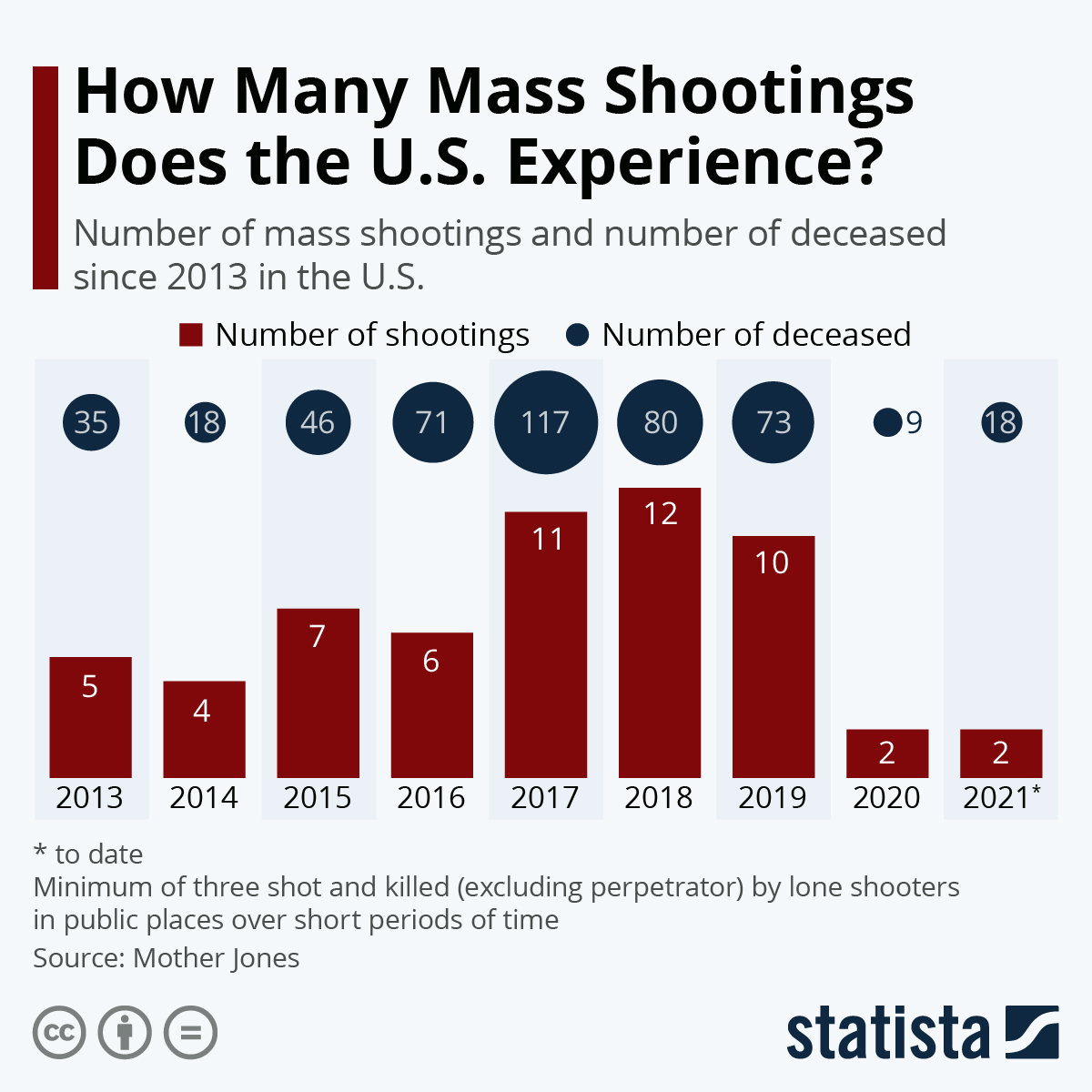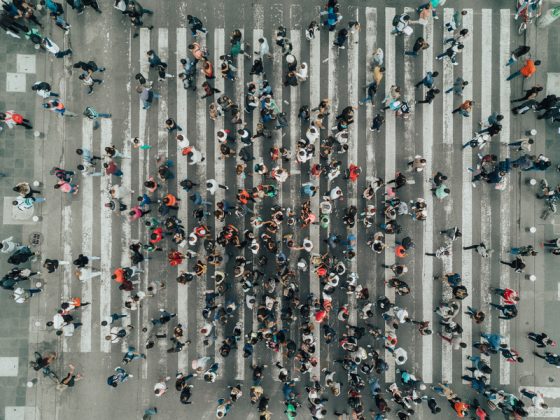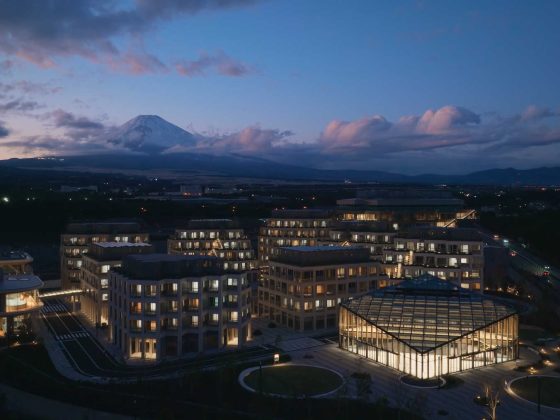The concept of a ‘smart city’ should not be difficult to define in 2021, since we have actual smart cities both within and outside the United States to cite as real-life examples. Some of the premier smart cities right now are Dubai (UAE), Oslo (Norway), Copenhagen (Denmark), London (UK), New York City (US) and Hong Kong (HKSAR – PRC). However, this is where things get a little complicated because earlier ideas surrounding the concept are still held as standards by many, while those same standards have changed a lot over the years.
Why the Standards Changed
The idea of a smart metropolitan has evolved from being just a technological utopia into something achievable and much more practical. This is precisely why it is important that we all refresh our own ideas regarding what a smart city should be like, by pitting them against what they really are in 2021.
Efficiency is the Main Focus for Today’s Smart Cities
Incorporating and maximizing the latest technological developments is still a major factor across all smart metropolitans, but that is no longer the main focus. The focus has shifted towards incorporating the most efficient technology available, rather than the latest. Brand new tech may hold more future potential, but it usually takes a long time before the said tech can be debugged, streamlined and utilized for better efficiency compared to an older, but much more reliable and finetuned system.
For example, we usually do not think about junkyards when we think about smart cities, but well-maintained, modern junkyards like this one serve a crucial purpose in modern cities all the same. Instead of letting perfectly reusable/recyclable car parts add to the landfill problem, nearby residents and mechanics are invited to visit these yards and salvage what they can with their own tools. After everything has been salvaged, the remaining metal husks are then recycled and reused, leaving almost nothing behind as landfill.
The New Goals: Smart City 2021
After the focus shifted from blindly installing new tech, a set of modified goals were established for smart cities. Some of those goals can be summed up as:
- Digitizing, streamlining, and increasing accessibility of essential resources such as water, electricity and emergency services
- Connecting residents with the city officials via digitized mediums for inquiries, feedbacks, instructions, complains, etc.
- Improving energy efficiency by largely shifting to renewable sources of energy
- Decreasing waste creation, while improving waste management and recycling
- Improving people’s basic understanding about essential IT services for residents across all age categories
- Integrating the entire city infrastructure with established IT systems for providing more efficient services with greater reliability and speed
Smart Cities are Made by and for Smart People
Residents of any smart city need to understand what the establishment is trying to achieve, support their cause, and learn how they can both be a part of that effort, as well as its beneficiaries. You do not need to be exceptionally intelligent or talented to qualify as a smart citizen by any means. For example, numerous eco-friendly measures are crucial aspects of what makes a city fit for the title, not fuming factories in a concrete jungle. When the residents know about those measures and support them with their actions, they actively become a part of the settlement’s efforts to decrease carbon emission as a whole. In that respect, a smart city becomes smarter when most of its residents are also smart enough to be onboard.
In case that cooperation is absent, a city will never be able to completely qualify as a smart city. It is not a coincidence that smaller smart cities are also the most advanced ones today. This is directly related to the fact that small populations are generally more cooperative, appreciative and adequate for smart city initiatives.










